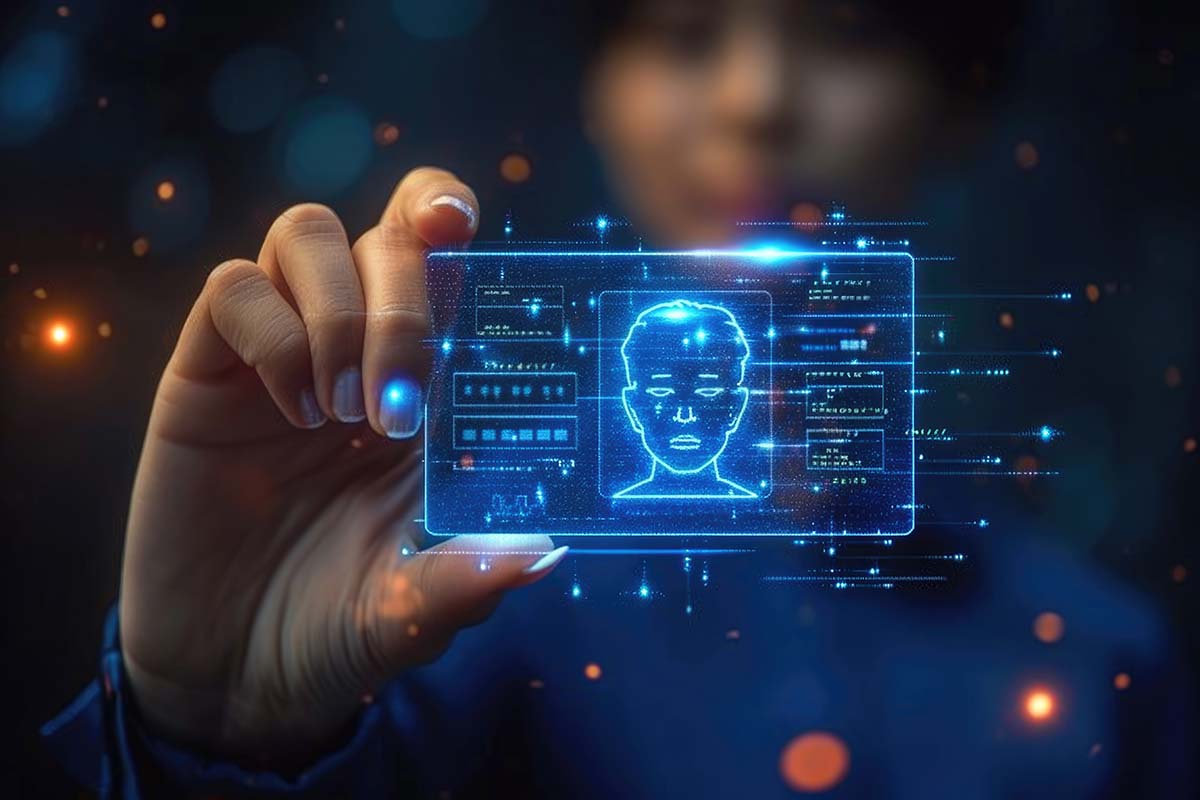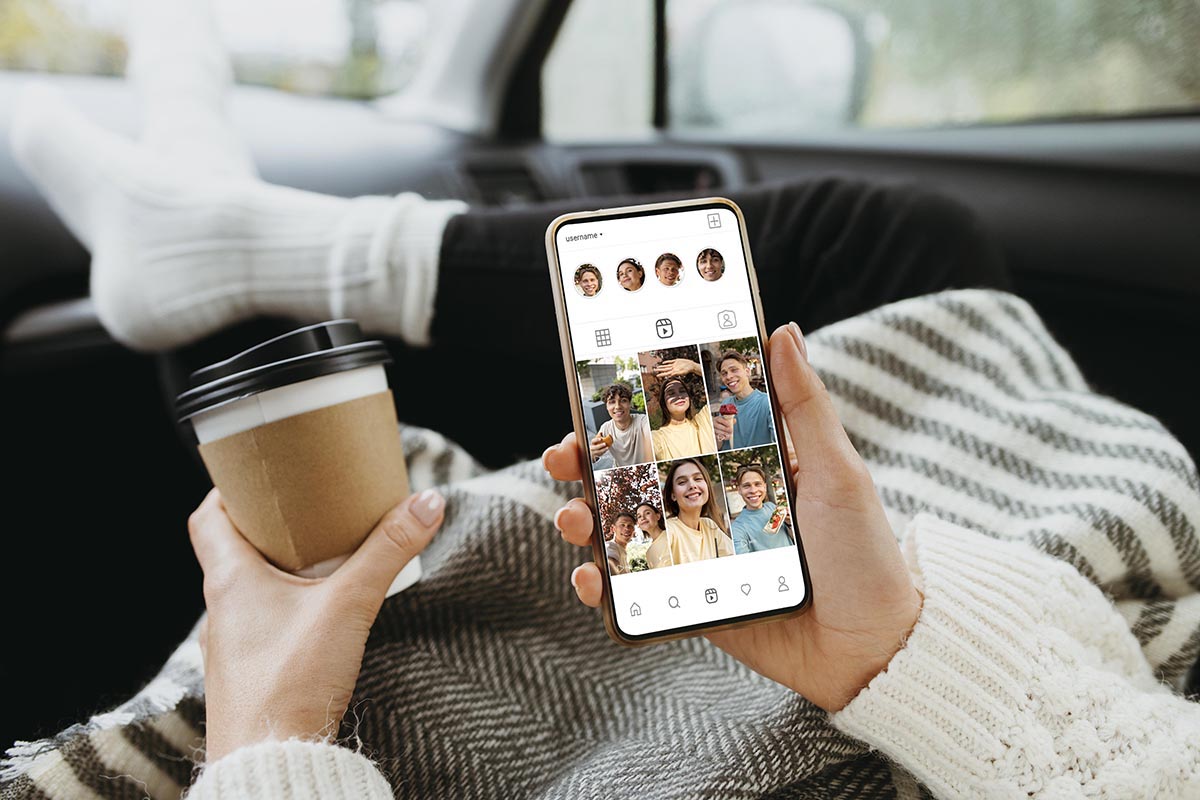Seeing Is Believing: Why Facial Recognition Makes Payroll Easier
✨ Key Points
Eliminate Time Theft — Facial recognition time clocks prevent “buddy punching” by verifying employee identity in real time, ensuring only the right person clocks in.
Boost Payroll Accuracy — Automated facial recognition integrates directly with payroll systems, reducing manual errors, payroll disputes, and administrative workload.
Enhance Security & Efficiency — Modern biometric systems use encrypted templates for data protection and seamlessly integrate with existing HR and payroll software.
Does running payroll give you a feeling of uncertainty?
As you approve the final numbers, you might wonder if the timesheets you’re looking at are truly accurate.
It’s a common concern for managers and business owners who rely on manual or outdated timekeeping methods, which are vulnerable to both honest mistakes and intentional time theft.
The core of the problem lies in a lack of true identity verification.
When an employee can clock in with a simple PIN, a password, or a swipe card, there’s no way to guarantee the right person is on the clock.
This opens the door to “buddy punching,” a form of time theft that affects a staggering 75% of US businesses.
These small increments of unworked time add up, creating a significant drain on your company’s resources.
Fortunately, facial recognition technology offers a modern, reliable solution to ensure payroll accuracy and eliminate these costly issues for good.
Key Takeaways
- Traditional timekeeping systems like punch cards and PINs are prone to significant error rates and enable “buddy punching,” costing businesses money.
- Facial recognition provides a fool-proof method for verifying employee identity, making it impossible for one person to clock in for another.
- The primary benefits of this technology are drastic reductions in payroll errors, elimination of time theft, and significant savings in administrative time.
- Modern biometric systems are designed with security and privacy as top priorities and can integrate seamlessly with existing payroll software.
The Hidden Costs of Old-School Time Tracking
While traditional time clocks might seem like a simple solution, they come with significant hidden costs that impact your bottom line.
These systems are not just inefficient; they are fundamentally flawed, creating vulnerabilities that lead to direct financial loss and administrative headaches.
The Compounding Cost of Time Theft
“Time theft” is any instance where an employee is paid for time they did not actually work.
While this can include major fraud, it’s more often a problem of small discrepancies compounding over time.
Buddy punching, where one employee clocks in for a late or absent colleague, is a primary example.
But it’s also about the minutes that add up across the entire workforce.
According to one study, the average weekly “theft” of time from long breaks, tardiness, and early departures is 4 hours and 5 minutes per employee.
When you multiply that figure by the number of employees on your payroll, you begin to see how this seemingly minor issue transforms into a direct and preventable loss of profit.
Why Manual Systems Fail
The fundamental weakness of old-school time tracking is its inability to verify identity.
PINs can be written down and shared, passwords can be stolen, and physical timecards can be easily manipulated.
These methods trust that the person punching in is who they say they are, but they offer no proof.
This lack of verification leads to substantial financial risk.
The American Payroll Association reveals that companies using traditional timecards see a payroll error rate between 1-8% of total payroll.
For a business with a sizable payroll, that percentage represents a significant annual loss.
These systems fail because they lack the one thing needed for true accuracy: undeniable identity verification.
To eliminate these risks and ensure complete payroll integrity, businesses are adopting a more secure and automated facial recognition time and attendance system that improves accuracy, keeps employees accountable, and seamlessly integrates with payroll workflows, reducing errors and saving valuable administrative time.
How Facial Recognition Creates a Fool-Proof Time Clock
Facial recognition technology might sound complex, but its application in time and attendance is straightforward, secure, and highly effective.
It directly solves the identity verification problem by ensuring that the person clocking in is physically present at that exact moment.
More Than Just a Picture: The Technology Behind Verification
When an employee enrolls in a facial recognition system, it doesn’t store a photograph.
Instead, it analyzes dozens of unique points on their face—like the distance between their eyes, the shape of their nose, and the contour of their cheekbones—to create a unique digital map.
This encrypted data template is a mathematical representation of their face that cannot be reverse-engineered or duplicated.
A common question is, “Can it be fooled by a photo?” The answer is no.
Advanced systems use sophisticated “liveness detection” to prevent this type of fraud.
The AI analyzes subtle cues like depth, movement, and micro-expressions to confirm it is interacting with a real, three-dimensional person, not a static picture or a video on a phone.
This entire verification process is instant, touchless, and exceptionally accurate.
The Simple and Secure Clock-In Process
From an employee’s perspective, using a facial recognition time clock is incredibly simple and fast, eliminating the friction often associated with new technology.
- Approach: The employee simply walks up to the device, which can be a wall-mounted tablet or even a designated smartphone.
- Verify: The camera activates and instantly compares their face to the encrypted template on file. Verification happens in less than a second.
- Record: Once verified, the punch is recorded with a precise timestamp and, if enabled, location data to confirm they are at the correct job site.
The process is hygienic and convenient, as it requires no physical contact.
Furthermore, the system’s AI is smart enough to adapt to gradual changes in appearance over time, such as growing a beard, wearing glasses, or changing a hairstyle.
The Tangible Business Benefits of Automated Payroll Accuracy
For operations managers and business owners, the ultimate value of any new technology lies in its return on investment.
A facial recognition time clock delivers clear, measurable benefits by improving accuracy, efficiency, and security across your entire payroll process.
Eliminate Time Theft and Payroll Fraud
The single greatest benefit is the complete elimination of buddy punching.
Because each clock-in requires the employee’s unique physical presence, it becomes impossible for anyone to punch in for a colleague.
This immediately stops one of the most significant financial leaks related to time tracking.
For businesses with field staff or multiple job sites, geo-mapping features add another layer of security.
The system can verify that employees are clocking in from their assigned location, preventing remote fraud where an employee might punch in while still at home or on their way to the site.
This benefit translates directly to cost savings by ensuring you only pay for hours genuinely worked.
Drastically Reduce Costly Payroll Errors
Automating data capture is the key to an error-free payroll.
When time punches are recorded digitally and fed directly into your payroll system, you remove the risk of human error associated with manual timesheet calculations or data entry.
Managers no longer have to spend valuable time deciphering messy handwriting, correcting typos, or chasing down missing punch cards.
This enhanced accuracy leads to fewer payroll disputes and corrections.
When employees trust that their hours are being recorded perfectly, it builds morale and saves significant administrative time for both HR and operations staff who would otherwise be tied up resolving discrepancies.
Increase Operational Efficiency
Imagine reclaiming all the hours your team spends collecting, verifying, and manually entering timesheet data.
A facial recognition system automates the entire time and attendance workflow, from the initial punch to the final payroll report.
This frees up your HR and operations managers from tedious administrative work, allowing them to focus on more strategic, high-value tasks that drive the business forward.
The efficiency gains extend beyond the back office, as employees experience a faster and more seamless clock-in process every day.
Answering Your Top Questions About Biometric Systems
Adopting new technology naturally comes with questions, especially when it involves biometrics.
Understanding the security, privacy, and integration aspects is crucial for making an informed decision.
Is It Secure? What About Employee Privacy?
Security and privacy are paramount in modern biometric systems.
It’s important to clarify that facial data is not stored as a simple photo.
Instead, it is converted into an encrypted data template—a string of numbers that is useless to hackers.
This data is used for the sole purpose of identity verification for timekeeping and is never shared or used for anything else.
Reputable providers design their systems to be compliant with data privacy laws and regulations.
A successful implementation always includes clear communication with employees, explaining how the technology works, how their data is protected, and the benefits of a fair and accurate timekeeping system for everyone.
How Does It Integrate with Our Current Software?
Concerns about complex implementation are valid, but modern time and attendance systems are built for compatibility.
They are designed to integrate seamlessly with hundreds of the most popular payroll and HR platforms, such as ADP, Paychex, QuickBooks, and many others.
This integration means that verified time data flows automatically from the clock-in system directly to your payroll provider.
This eliminates the need for manual data transfer, which is where most errors occur.
Typically, the system provider will assist with the setup process, ensuring a smooth and straightforward transition that fits perfectly into your existing workflows.
Conclusion
Relying on outdated, manual time tracking methods is no longer just inefficient; it’s an expensive liability.
The persistent threats of buddy punching, human error, and administrative waste directly impact your profitability and operational focus.
It creates a system where you can never be fully confident in the numbers you’re approving.
Facial recognition technology provides the definitive solution, offering a secure, accurate, and remarkably efficient way to manage time and attendance.
By creating a fool-proof link between an employee’s identity and their time punch, you eliminate time theft and drastically reduce costly payroll errors.
By ensuring you only pay for the time actually worked, you protect your bottom line, create a fair and transparent system for your employees, and free your team to focus on what matters most.
Modernizing your time and attendance is a critical step toward trusting your data and making smarter, more profitable business decisions.




















